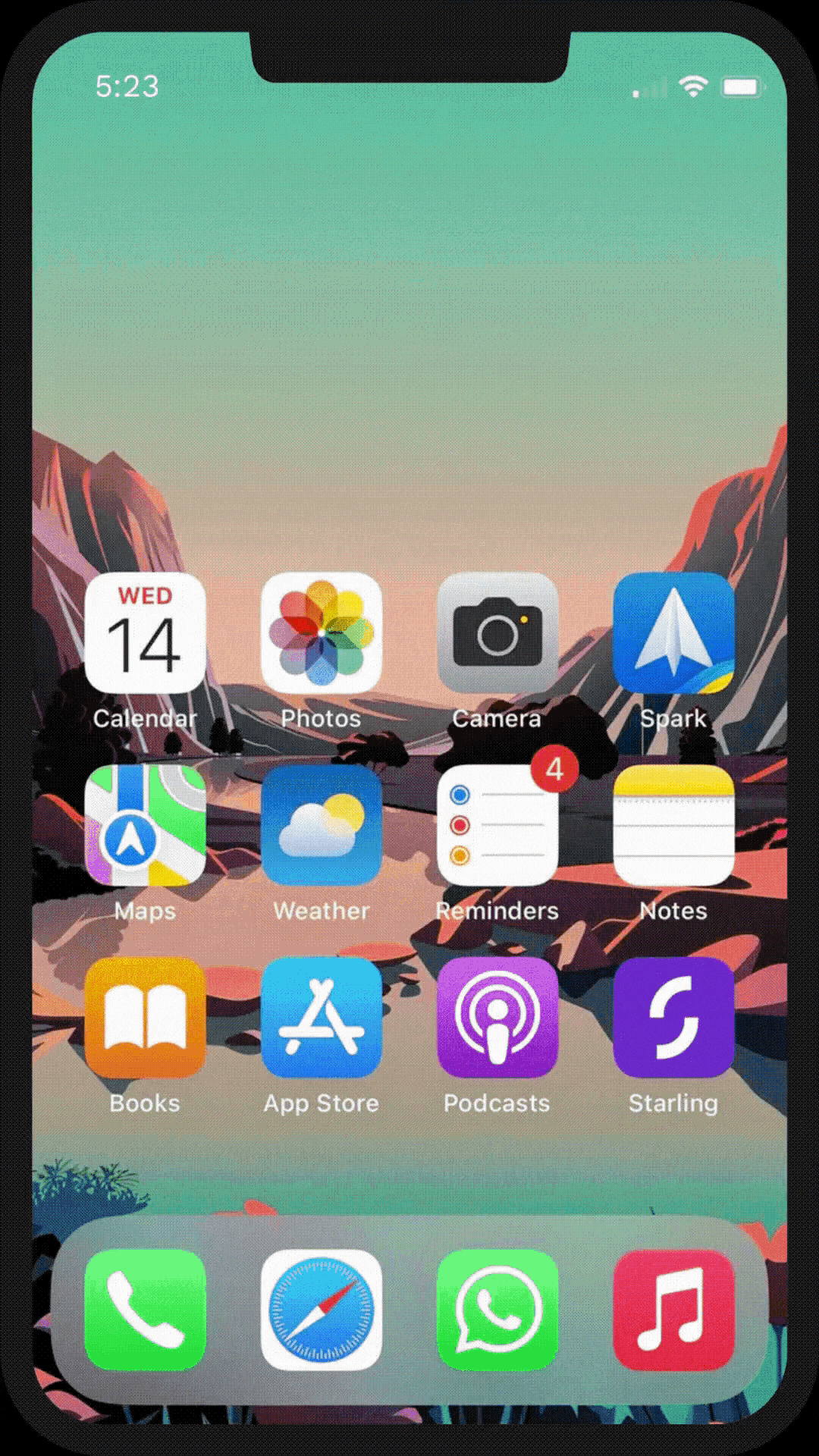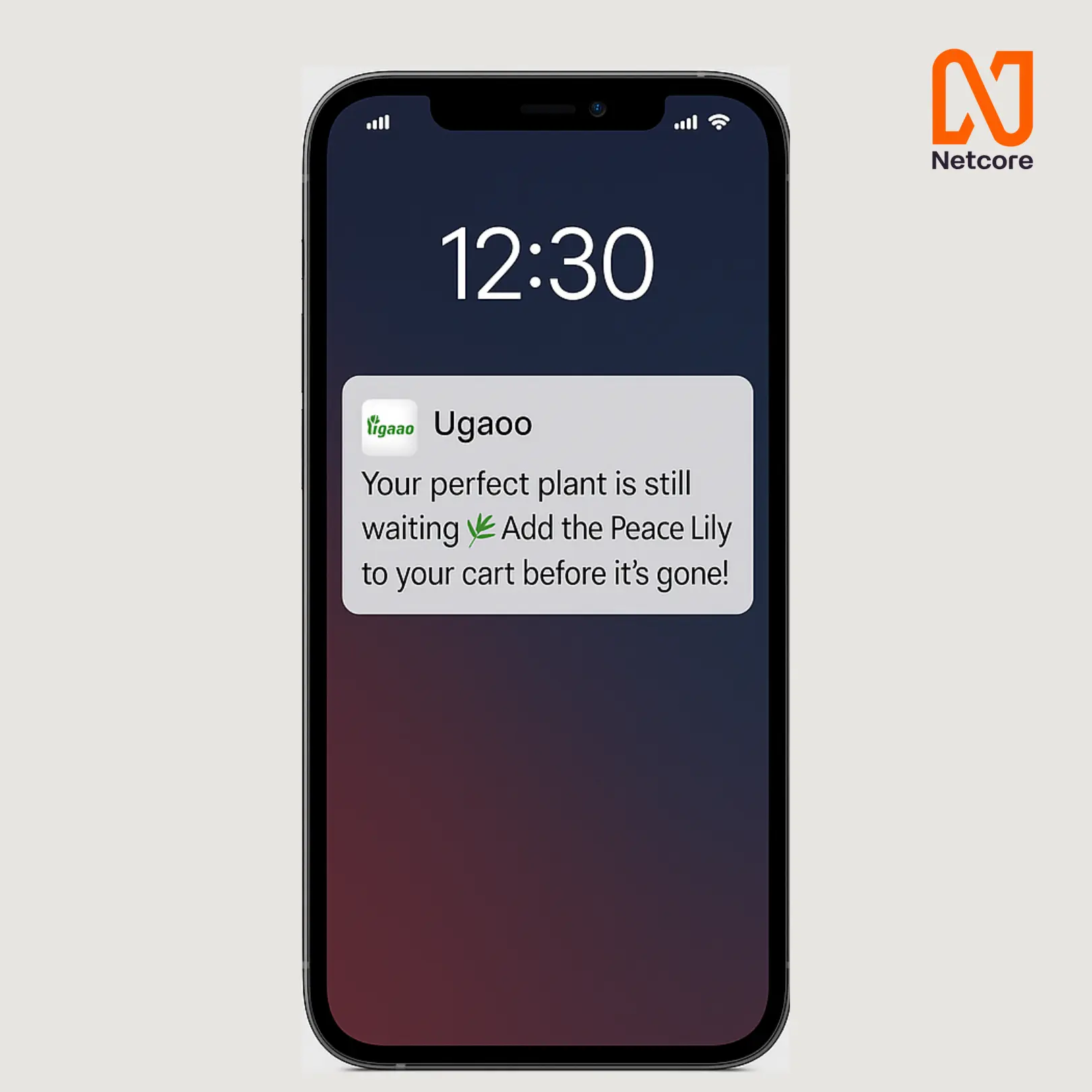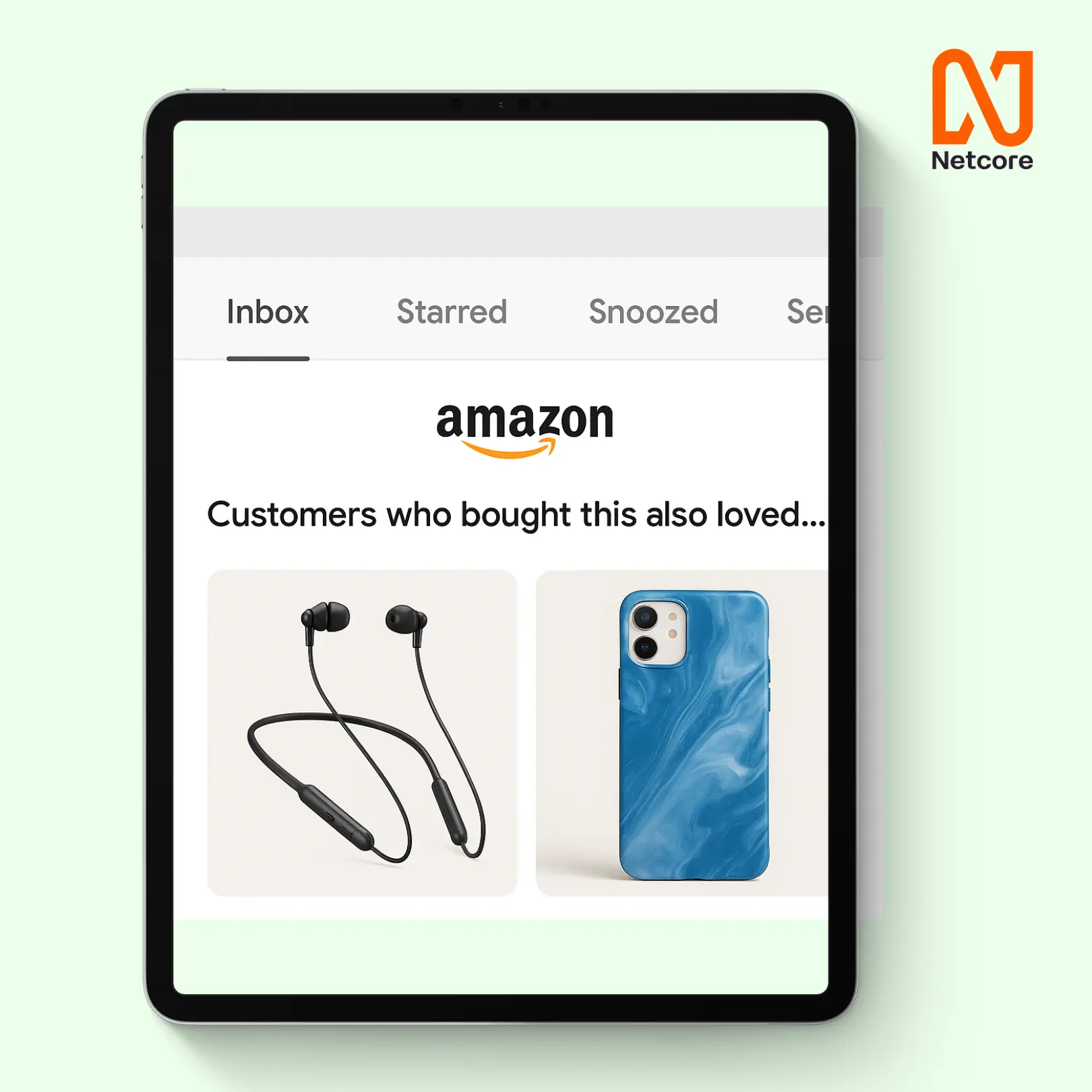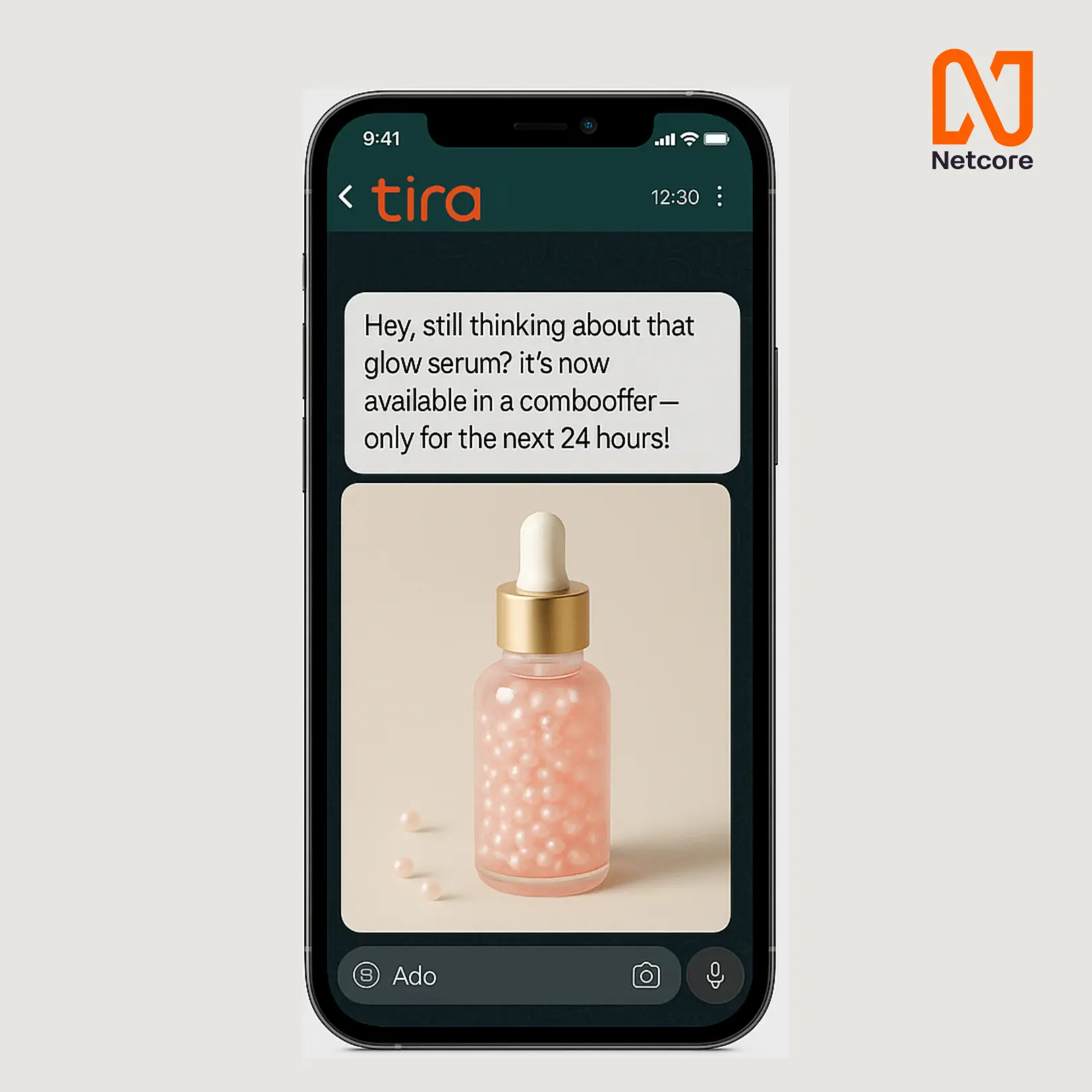Let me start with something I’ve seen over and over again: brands are spending big on performance marketing, SEO, social—you name it—but still missing out on a massive growth lever that’s right in front of them.
It’s not about more ads. It’s not about better CTAs.
It’s about omnichannel commerce—and if you’re anything like the enterprise ecommerce teams I work with, you’re probably not using it to its full potential.
The brands that are getting it right? They’re increasing their average order value (AOV) by up to 20%, and seeing stronger retention and lifetime value across the board.
So I want to walk you through exactly what omnichannel means today, how it’s different from just being “multi-channel,” and how you can use it to create seamless, personalized customer journeys that actually convert.
Let’s break it down.
What Does Omnichannel Mean in Ecommerce?
When I talk about omnichannel, I don’t just mean being on email and WhatsApp and Instagram and push. That’s multichannel.
Omnichannel is about connecting the dots between those channels so your customer experiences one brand, one journey, no matter where they are.
Think of it like this:
- Someone checks out a new pair of sneakers on your mobile app…
- Then gets a reminder via WhatsApp that they left them in their cart…
- And later clicks an email with a 10% discount code to complete the purchase on your website.
That’s omnichannel. It’s fluid. It’s personalized. And it’s designed around how people actually shop today.
What Is an Omnichannel Strategy?
I used to think omnichannel was just a fancy way of saying be “everywhere.” But once I started analyzing campaigns curated by brands that implement it, I realized it’s a lot deeper than that. It’s what takes you from “just running campaigns” to creating a connected customer journey.
A real omnichannel strategy means:
- Your messaging is consistent. Your emails, push notifications, and ads all feel like they’re coming from one brain, not three different teams.
- Your channels talk to each other. So if someone buys something on your site, your app doesn’t keep showing them that same item tomorrow.
- Your data is centralized. All behavior, preferences, and past purchases are stored in one place (usually a CDP).
Benefits of Omnichannel Commerce
Here’s what I’ve seen happen when brands go all-in on omnichannel:
1. Higher Customer Retention
People are more likely to come back when they feel every interaction & recommendation is tailored to them.
2. Bigger Average Order Value (AOV)
Relevant product recommendations and perfectly-timed nudges lead to more items in the cart, thereby increasing AOV by 20%+.
3. Shorter Time-to-Purchase
Customers move through the funnel faster when there’s less friction between channels.
4. Make Smarter Decisions with Unified Messaging
When all your customer data lives in one place, every message becomes more strategic—and every marketing decision more informed.
It’s not just about conversions. It’s about building long-term relationships—and omnichannel is how you do it at scale.
Omnichannel Recommendations on Different Channels
Now this is where omnichannel really starts to shine. It’s not just about being present on multiple channels—it’s about using each one intentionally to guide your customer through their journey. From discovery to decision-making, the right recommendations at the right time can educate, inspire, and convert. When done well, they don’t just feel helpful—they feel personal. I’ve found that the key is context: knowing when, where, and how to deliver those nudges. Here’s how I approach recommendations across different channels.
Let me share a few real examples I’ve seen from studying some of the top-performing ecommerce brands. These companies are using omnichannel recommendations in smart, creative ways across different channels—and the results speak for themselves.
1. Welcome Messages
First impressions count. Some examples for ecommerce brands are:
- A warm welcome email with personalized product picks.
- A push notification for app users with an exclusive offer.
- A WhatsApp message if they opt-in, especially for mobile-first shoppers.
Flipkart Minutes shows how powerful AMP emails can be when speed and convenience are part of the brand promise. Let’s say a shopper browses through daily essentials—like snacks, toiletries, or phone accessories—but doesn’t complete the purchase. A few hours later, they receive a dynamic AMP-powered email that looks something like this:

What makes it stand out? The shopper doesn’t need to click through to the app or website. With AMP, they can:
- View updated product availability in real-time
- Add or remove items from their cart
- Apply a coupon
- And complete the checkout—right inside the email
It’s fast, frictionless, and built for today’s impatient shoppers. For a service like Flipkart Minutes that’s all about instant gratification, AMP email becomes more than just a communication tool—it’s a real-time shopping experience in your inbox.
2. Cart & Browse Abandonment
This one’s a game-changer. Brands usually send follow-up messages on different channels like:
- Push notification within 30 minutes
- Email at the 1-hour mark
- WhatsApp the next morning with urgency or a small incentive.
Ugaoo, a leading Indian D2C gardening brand, uses push notifications incredibly well. If I browse an indoor plant but don’t buy, I get a push later that day:

And it doesn’t stop there. If I do buy a plant, Ugaoo follows up with care tips and product suggestions like decorative planters or watering accessories—helping me go from one purchase to building a plant lover’s routine.
3. Post-Purchase Recommendations
Don’t stop after checkout. That’s your best window to upsell or build loyalty:
- “Bought a blender? Here’s the smoothie cup attachment.”
- “Ordered skincare? Try our overnight cream next.”
Ecommerce brands usually use email, WhatsApp, or even in-app messages here—whichever channel the customer interacts with most.
Amazon has long mastered the art of post-purchase recommendations, and it’s especially evident in their email strategy. For instance, after I bought a phone case, I got an email the next day titled:

It’s subtle, helpful, and totally relevant—exactly what good omnichannel personalization should feel like.
4. WhatsApp Recommendations
If you’re not using WhatsApp for product discovery, you’re missing out. Most brands use it for:
- Conversational quizzes
- Back-in-stock alerts
- Personalized drops
It feels less like a marketing blast, more like a personal shopping assistant.
Tira Beauty is a great example of how to make WhatsApp work like a personal beauty advisor. Let’s say a shopper browses a serum or lipstick on the app but doesn’t add it to the cart. Within a few hours, Tira sends a gentle WhatsApp message:

This isn’t just a nudge—it’s personalized, time-sensitive, and conversational. The customer doesn’t have to switch apps or go search again—they can complete the purchase directly in the chat. We have curated a detailed understanding of how ecommerce brands can leverage Omnichannel Recommendations to transform customer experiences and improve conversions in this article.
Multichannel vs. Omnichannel Commerce
Let me break it down with a simple comparison—because I’ve seen this come up often in ecommerce circles.
If multichannel means “We’re present on email, WhatsApp, and our app,”
then omnichannel means “We know exactly which channel each customer prefers—and we personalize the entire experience around that.”
It’s the difference between being available everywhere and being intentional everywhere.

Personalization in Omnichannel Commerce: Using Preferred Channels
This is where things go from “pretty good” to exceptional.
The moment I witnessed brands tailoring experiences based on channel preferences, the results blew me away. It’s not enough to know what your customers like—you need to know where they like hearing from you.
Here’s what I focus on:
- Track their behavior: Do they open emails? Click push? Respond on WhatsApp?
- Adjust frequency: Some users hate daily pings. Others expect it. Let their behavior guide your cadence.
- Use AI smartly: Feed all your data into a personalization engine that knows when to recommend, what to recommend, and where to recommend it.
One example I love: A skincare brand used our system to segment customers by channel + skin type. They sent nighttime routines via email, quick skincare tips via push, and exclusive launches via WhatsApp. Their repeat purchase rate jumped by 45% in 60 days.
This is the kind of impact that only omnichannel personalization can deliver.
Wrapping Up: Omnichannel Is the Future of High-Growth Ecommerce
If I’ve learned anything from helping brands scale, it’s this: the future isn’t “more channels.” It’s smarter use of channels.
Your customers don’t think in channels. They think in moments. When you start showing up at the right time, on the right channel, with the right message—magic happens.
You don’t have to boil the ocean to get started. Begin with your top 3 customer journeys. Map them across preferred channels. Personalize the messages. And most importantly—watch the data.
Ready to turn your customer journeys into growth engines?
Let’s talk. At Netcore Cloud, we help enterprise ecommerce brands like yours build hyper-personalized, AI-powered omnichannel experiences that convert like crazy.










